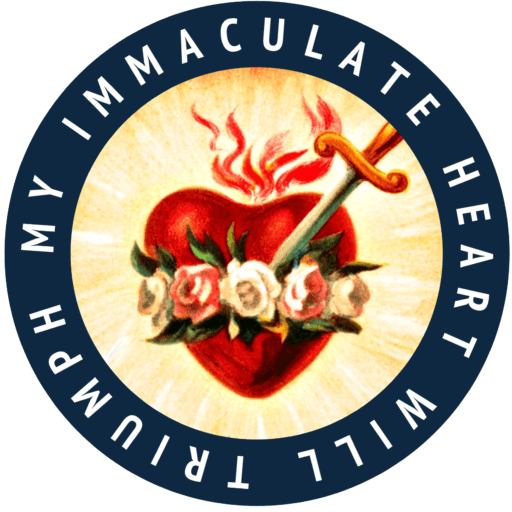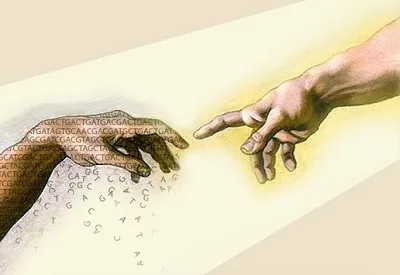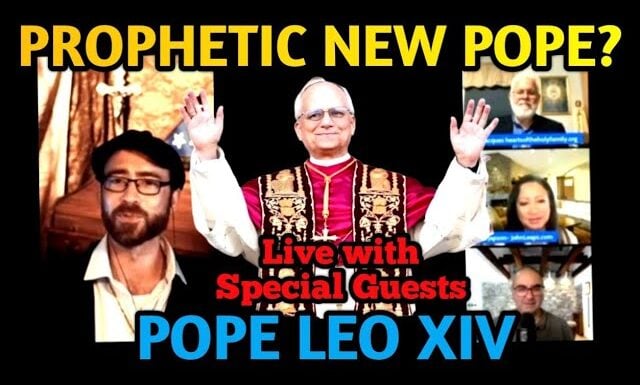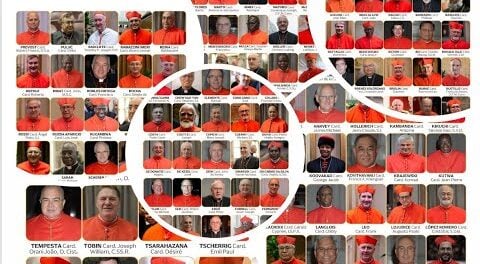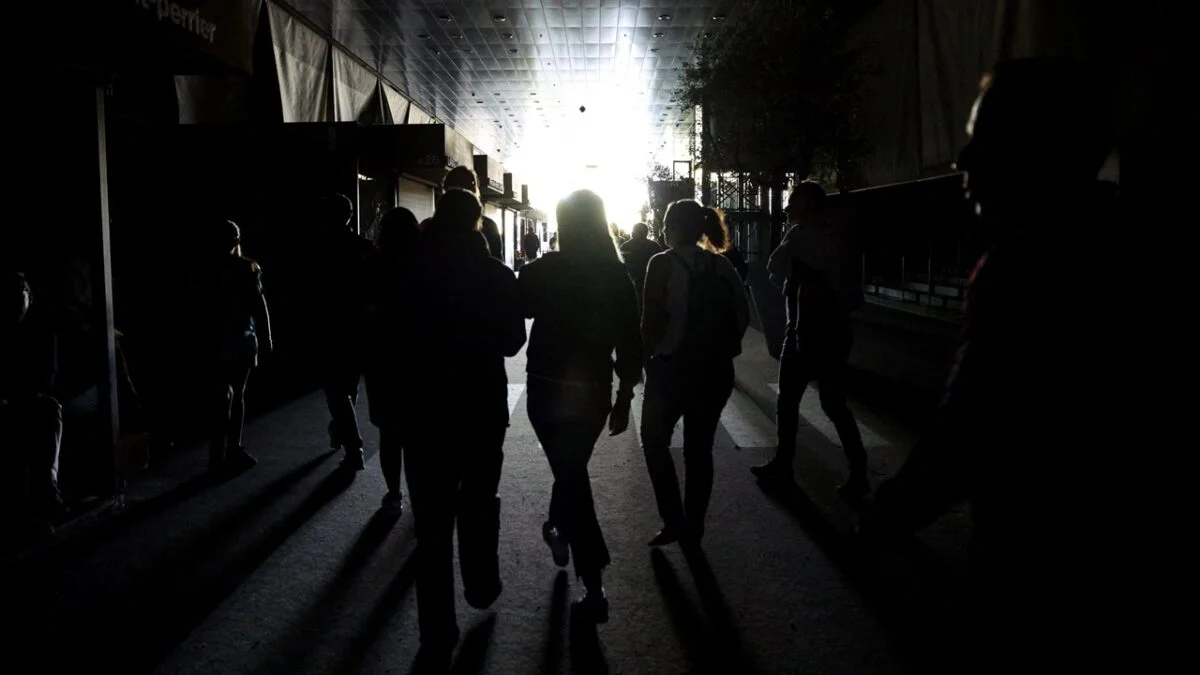
Author: Mother & Refuge
-
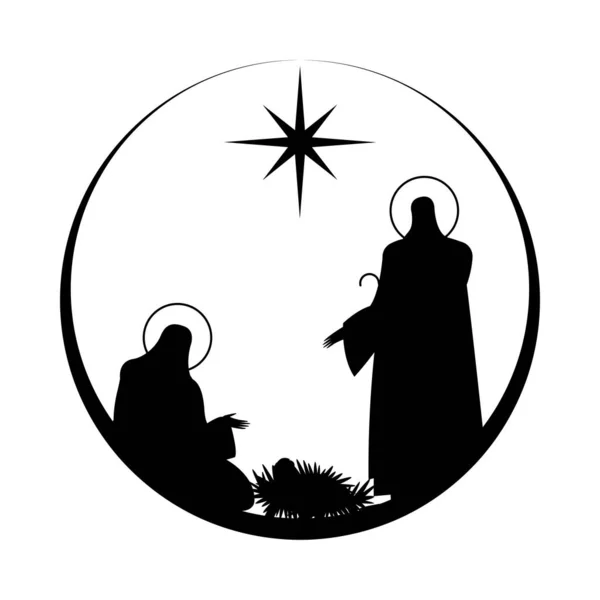
Make a ‘Good’ Confession This Christmas: A Confession Guide for Adults | Preparing Your Heart for Christ’s Nativity
Read More: Make a ‘Good’ Confession This Christmas: A Confession Guide for Adults | Preparing Your Heart for Christ’s Nativity1. I am the Lord your God. You shall not have strange gods before me.-Do I give God time every day in prayer?-Do I seek to love Him with my whole heart?-Have I been involved with superstitious practices or have I been involved with the occult?-Do I seek to surrender myself to God´s word as taught…
-
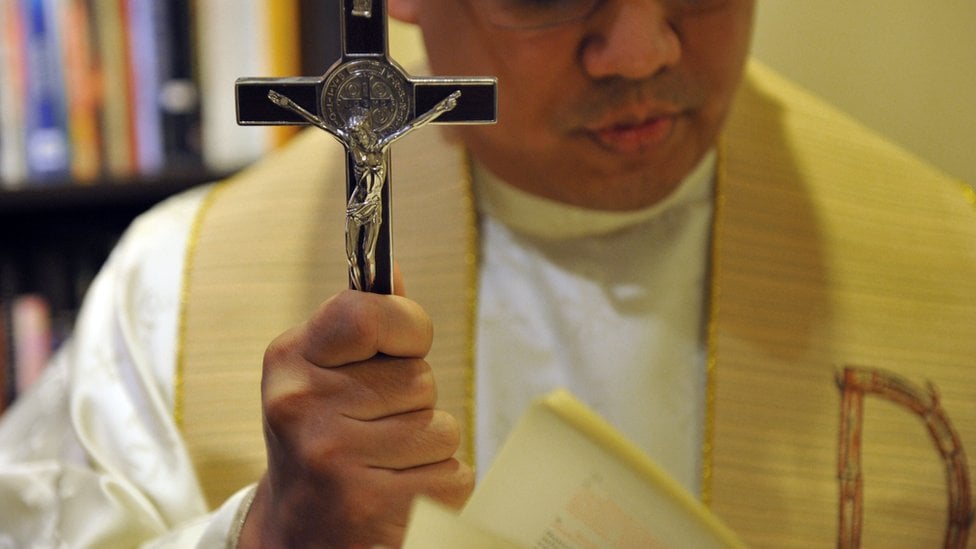
Catholic Exorcism Prayers for the Laity: Official Prayers for Protection and Deliverance!
Read More: Catholic Exorcism Prayers for the Laity: Official Prayers for Protection and Deliverance!Below Catholic exorcism prayers for the laity are approved by the Catholic Church, with references to official Church teachings and documents. These prayers are meant for personal protection, deliverance, and spiritual healing. Catholic Exorcism Prayers for the Laity: Official Prayers for Protection and Deliverance The Catholic Church offers a rich spiritual tradition of prayer for…
-
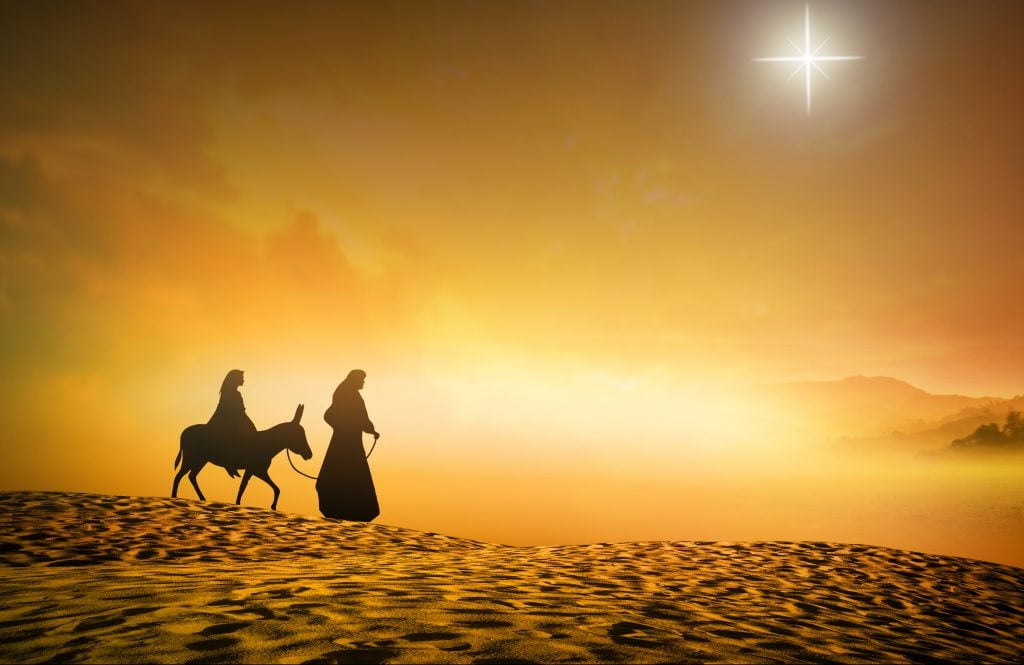
St. Andrew Christmas Novena | Prepare Your Heart!
Read More: St. Andrew Christmas Novena | Prepare Your Heart!The feast of St. Andrew has always been closely associated with the beginning of Advent as it usually falls shortly after the First Sunday of Advent. In light of that fact, for at least the past century a prayer was developed as a daily preparation for Christmas and took November 30 as its starting point. It…
-
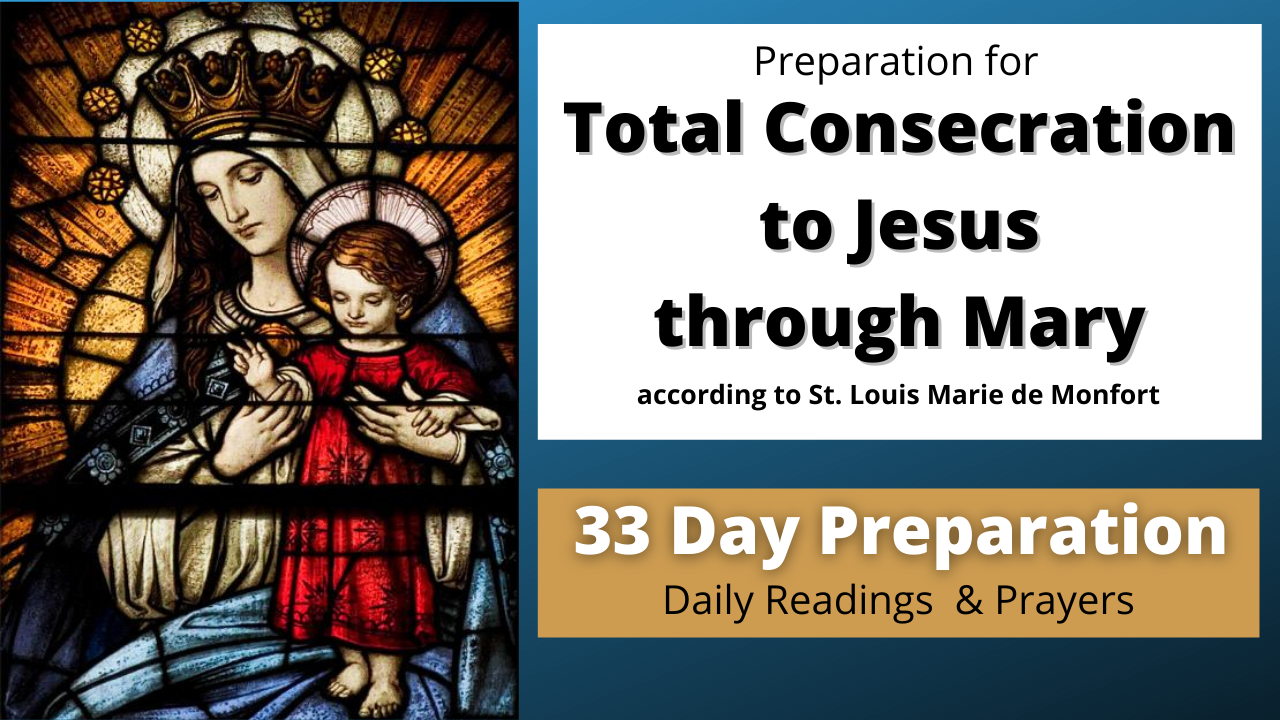
Free Printable HandBook |
Read More: Free Printable HandBook |Saint Louis-Marie de Montfort’s 33 DaysTotal Consecration to Jesus Through Mary Powered By EmbedPress
-
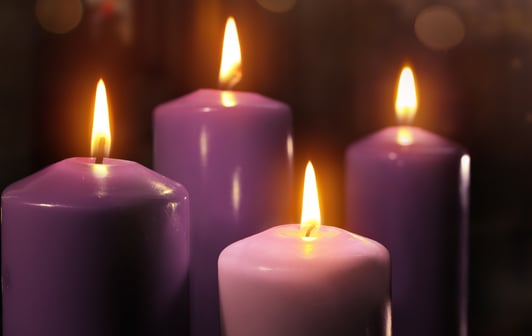
5 Steps To Prepare Yourself For a Holy Advent Season
Read More: 5 Steps To Prepare Yourself For a Holy Advent Season5 Steps to Prepare Yourself for a Holy Advent The Season of Waiting, Hope, and Preparation As we approach the holy season of Advent, the Church invites us into a time of waiting, reflection, and spiritual preparation. Advent is not simply the countdown to Christmas, but a sacred journey of prayer and purification, where we…
-
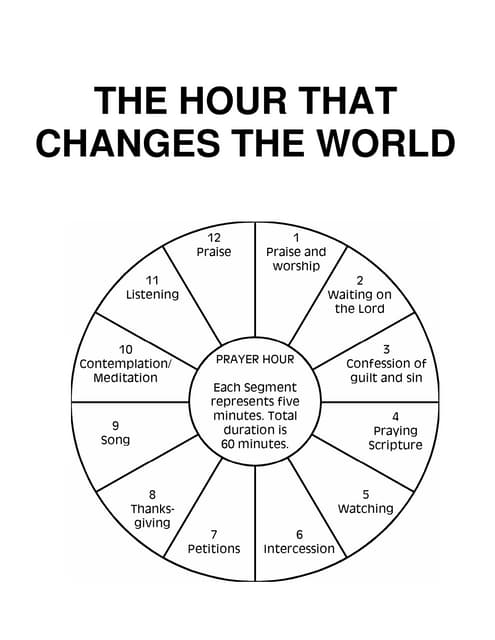
Watch “Miracle Hour – A method of prayer that will change your life” by Linda Schubert
Read More: Watch “Miracle Hour – A method of prayer that will change your life” by Linda Schuberthttps://youtu.be/kscXVKAJn9c?si=jiWW93ADDdyiG2bS Download the prayer journal below! Powered By EmbedPress
-

Chronology of WW3 According to Catholic Prophecies
Read More: Chronology of WW3 According to Catholic PropheciesChronology of WW3 According to Catholic Prophecies Exploring Catholic Mystics’ Insights into Modern Global Tensions Catholic prophecy has long spoken of an apocalyptic conflict involving multiple nations, leading to divine chastisement and ultimate renewal. While World War III (WW3) is not explicitly named, the mystics and visionaries of the Church have described events that closely…
-

Preparing Your Heart for the Feast of Christ the King (Including Litany to Christ the King)
Read More: Preparing Your Heart for the Feast of Christ the King (Including Litany to Christ the King)Preparing Your Heart for the Feast of Christ the King The Feast of Christ the King, celebrated on the last Sunday of the liturgical year, is a glorious reminder of the sovereignty of Jesus Christ over all creation. Instituted by Pope Pius XI in 1925 through his encyclical Quas Primas, this solemnity calls us to…
-

The Patron Saint of TV?? You Won’t Believe Who!
Read More: The Patron Saint of TV?? You Won’t Believe Who!It might seem a bit odd that a saint from nearly 800 years ago would be the patroness of television—but that’s exactly the case! St. Clare of Assisi was officially given this title by Pope Pius XII in 1957. Born in 1194 into a noble family, Clare turned her back on wealth and privilege to…
Search
Popular Posts
-
🙏 A New Chapter Begins: Supporting Pope Leo XIV with Prayer and Hope | W/ Daniel O’Connor
“Give the new pope a break and support him with your prayers.”–…
-
Possible Candidates for The Next Pope!
Some Candidates for the New Papacy Today we will share with you…
Categories
Archives
Tags
#Miracles (102) 2023 (4) 2024 (4) approved miracles (2) catholic (141) catholic blog (375) catholic meditations (7) catholic miracles (371) catholic motivation (2) catholic news (371) catholic prayers (4) CatholicSeers (359) catholic vlog (375) catholic websites (6) Eucharistic miracle (2) fr jim blount (3) GisellaCardia (11) hamas (3) imitation of christ (2) Israel (4) israel live (5) Israel news (9) jesus (3) jesus christ (4) Latest messages (11) lent 2023 (10) lent 2024 (4) lent homily (2) lent retreat (4) lent retreat 2023 (3) Lourdes (2) messages from god (6) MessagesFromHeaven (364) miracles of catholic church (2) mother and refuge (2) ourlady (325) OurLadyApparitions (22) our lady of lourdes (2) Pope (2) POPE francis (3) pope francis news (2) prayers (3) real miracles (356) sacred heart of jesus (2) The Miracles of Lourdes (2)
